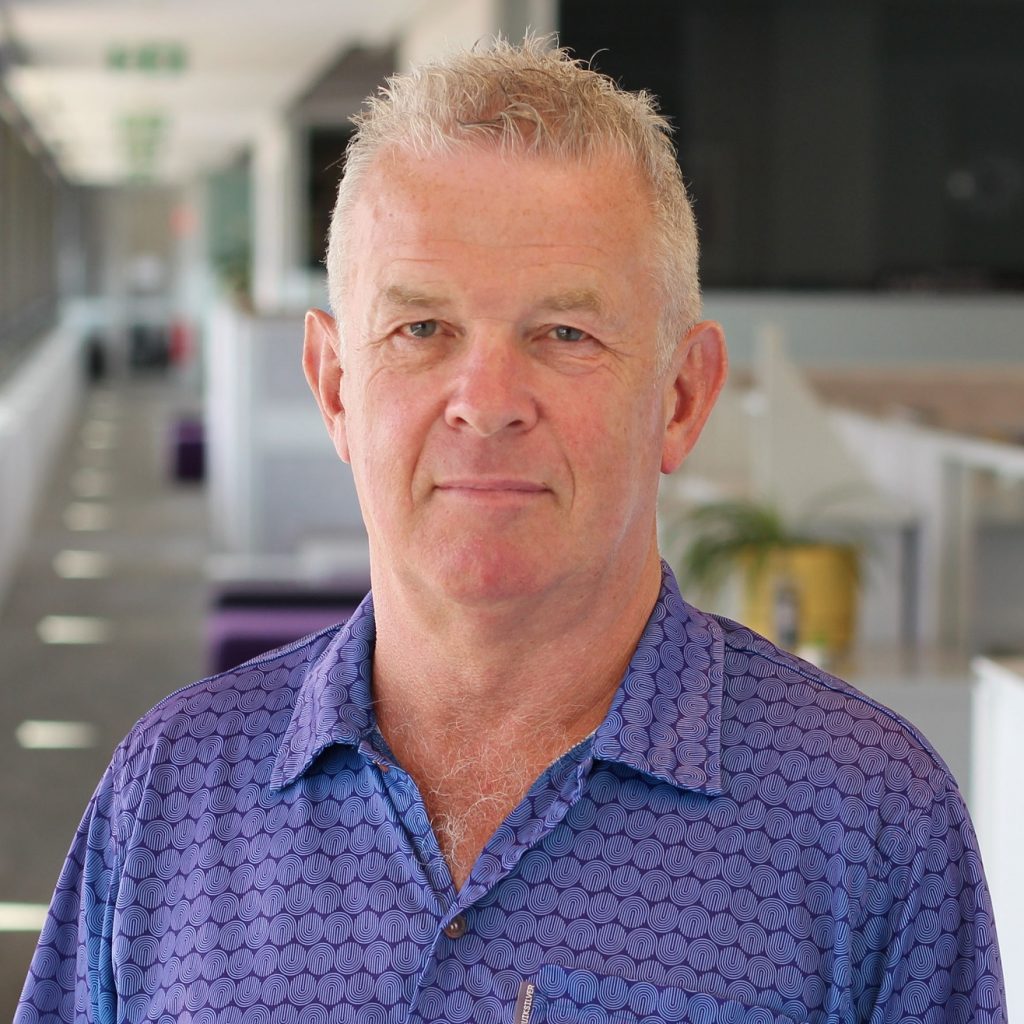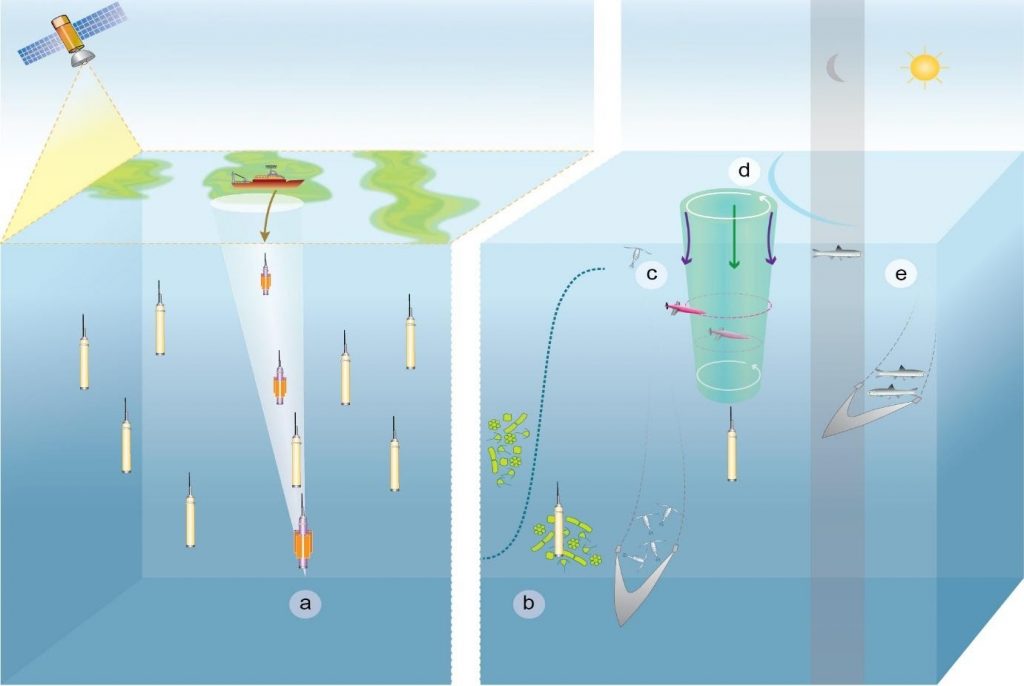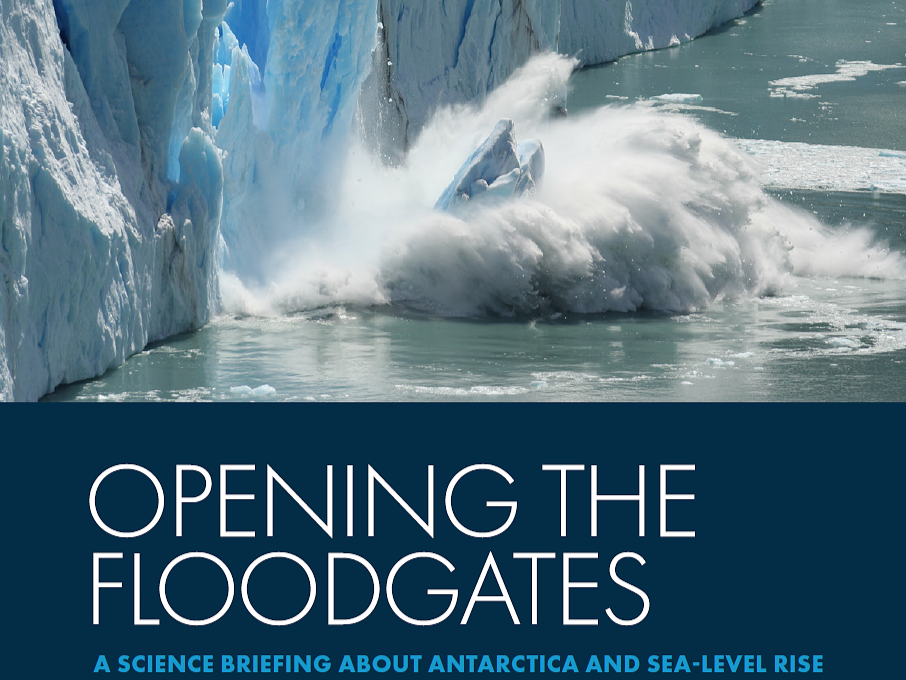Pas de deux in the oceans’ Twilight Zone

Philip Boyd
Voyage Chief Scientist
In the last few days there has been little time to post any blogs on the SOLACE www site as most groups on board RV Investigator have been busy processing samples from midwater nets, bio-optics, deep water cameras, zooplankton nets, sediment traps, particle interceptors, and/or running experiments.
At the end of our first 3.5 day cycle of activities, to be repeated 6 more times on the voyage, we very gently deployed two instruments – a Kongsberg sea glider (left of picture) and an NKE profiling biogeochemical float (right of picture). These deployments were important for at least three reasons. Firstly, tirst, they – along with satellite oceanography – provide the LA in SOLACE (Large Areal); second, they provide the opportunity to engage with our other international collaborators within JETZON (Joint Exploration of the Twilight Zone Ocean Network); and third, they enable us to examine other mechanisms (termed PIPs, particle injection pumps, see cartoon below) in which particulate carbon is sequestered into the oceans’ interior.
These two instruments will carry on the SOLACE mission after our voyage is completed in mid-January 2021, with the glider running a multi-month survey, and the profiling float off on a multi-year mission in the Southern Ocean.
Although we were unable to have our 10 international collaborators on board the ship due to COVID restrictions, JETZON has an influential presence on board with autonomous underwater vehicles gliders) provided for the voyage by US collaborator Andrew Thompson of Caltech. Also aboard are our our profiling floats whose latest technology (UVP6) was devised by researchers at the French Laboratoire d’Océanographie de Villefranche/Mer (LOV).


incorporate a UVP6 (Underwater Vision Profiler) in its sensor constellation. UVP6 will provide unprecedented detail throughout the upper kilometre of the water column on the particle assemblage, including images of living (zooplankton) and non-living (detritus and marine snow) particles. 📷 Robert Strzepek
After each instrument has run a series of diagnostic tests (dives, turns, profiles, data transmission via satellite), they will link up and collect complementary data, with the glider mapping the particle fields, physics and chemistry around the water column in which the float is profiling (twice per day for 10 days (for calibration using UVP5 and 6 on our CTD), residing at a ‘park’ depth of 1000 m between profiles, before reverting a standard 10 day repeat cycle for BGC-ARGO). So, together they will perform a biogeochemical pas de deux for the next few months, relaying their datasets which will add to our voyage-intensive process studies during SOLACE. The glider at the subantarctic site (along with one we will deploy in around a week at the polar site further south) will both return to land after around 3 months, whilst the 2 profiling floats (at the subpolar site and one we will deploy further south) will carry on with their multi-year mission reporting on aspects of the biological pump
as they traverse the Twilight Zone en route to the surface to transmit their profiles every 10 days.




